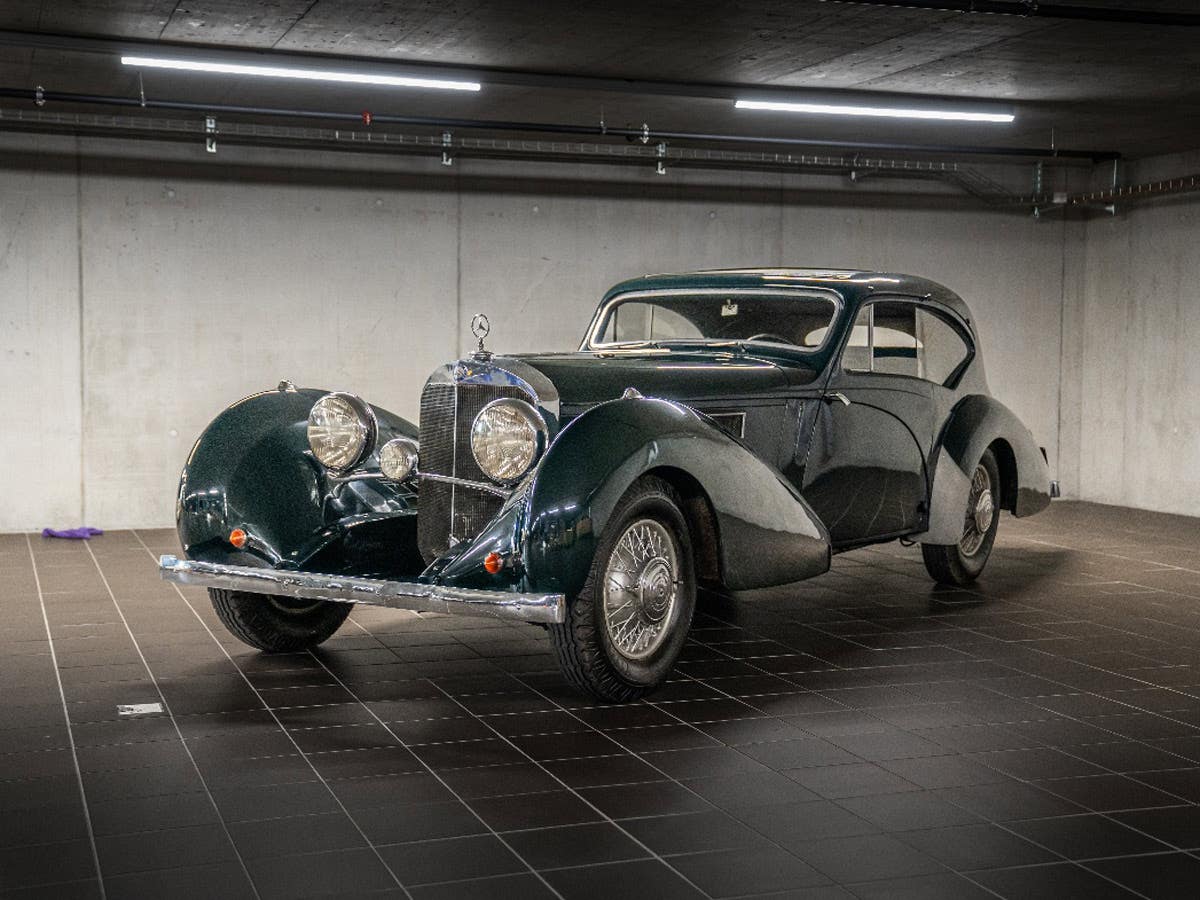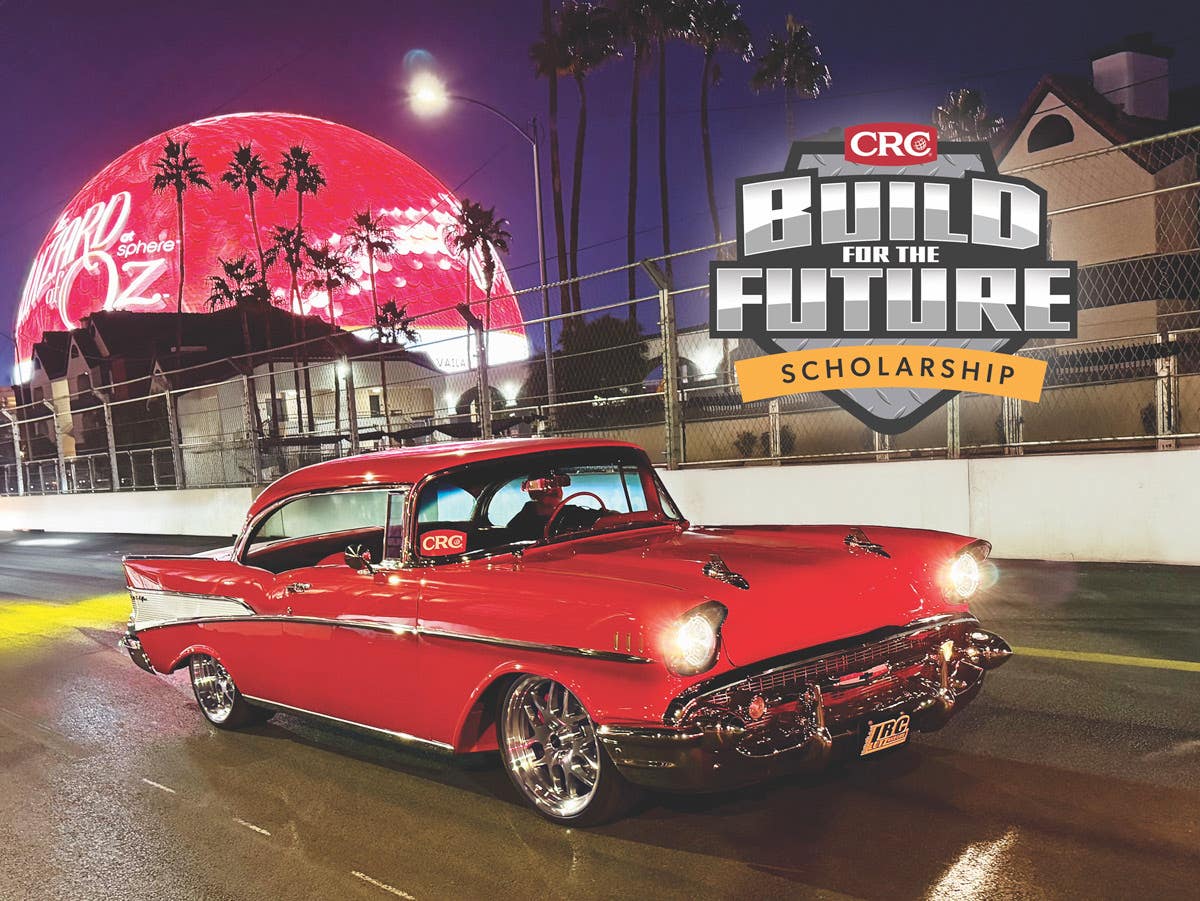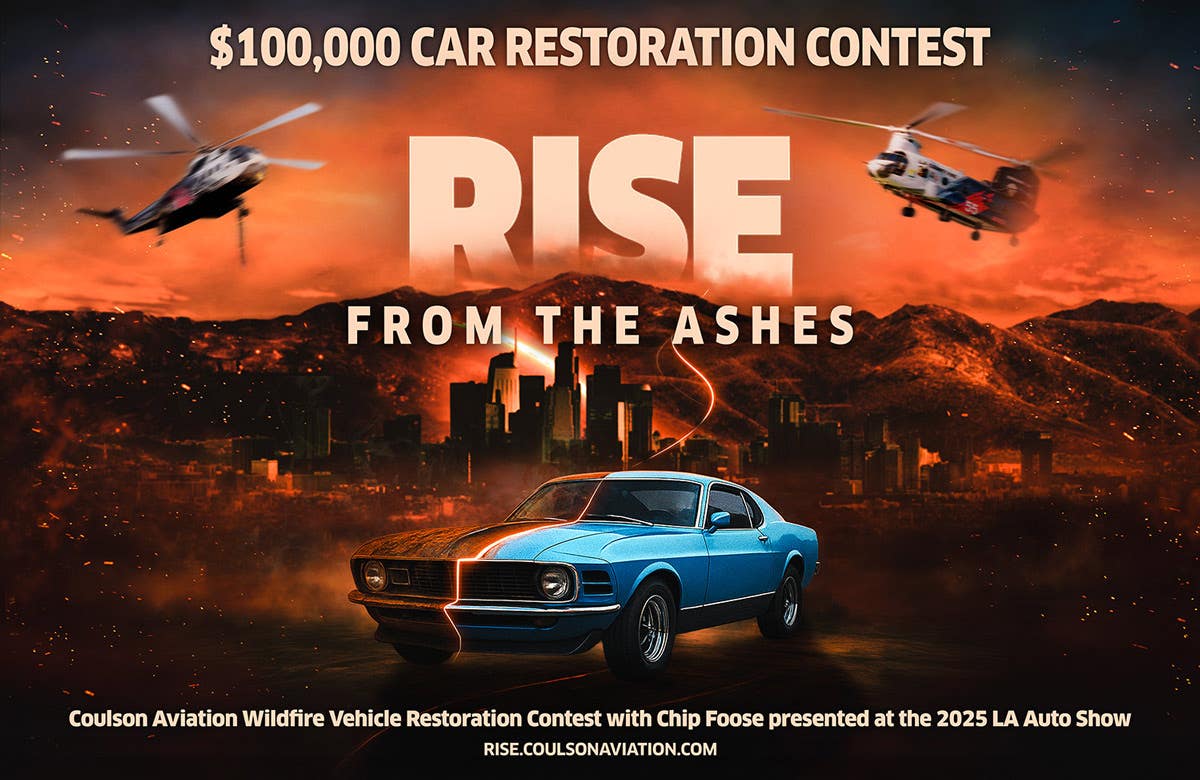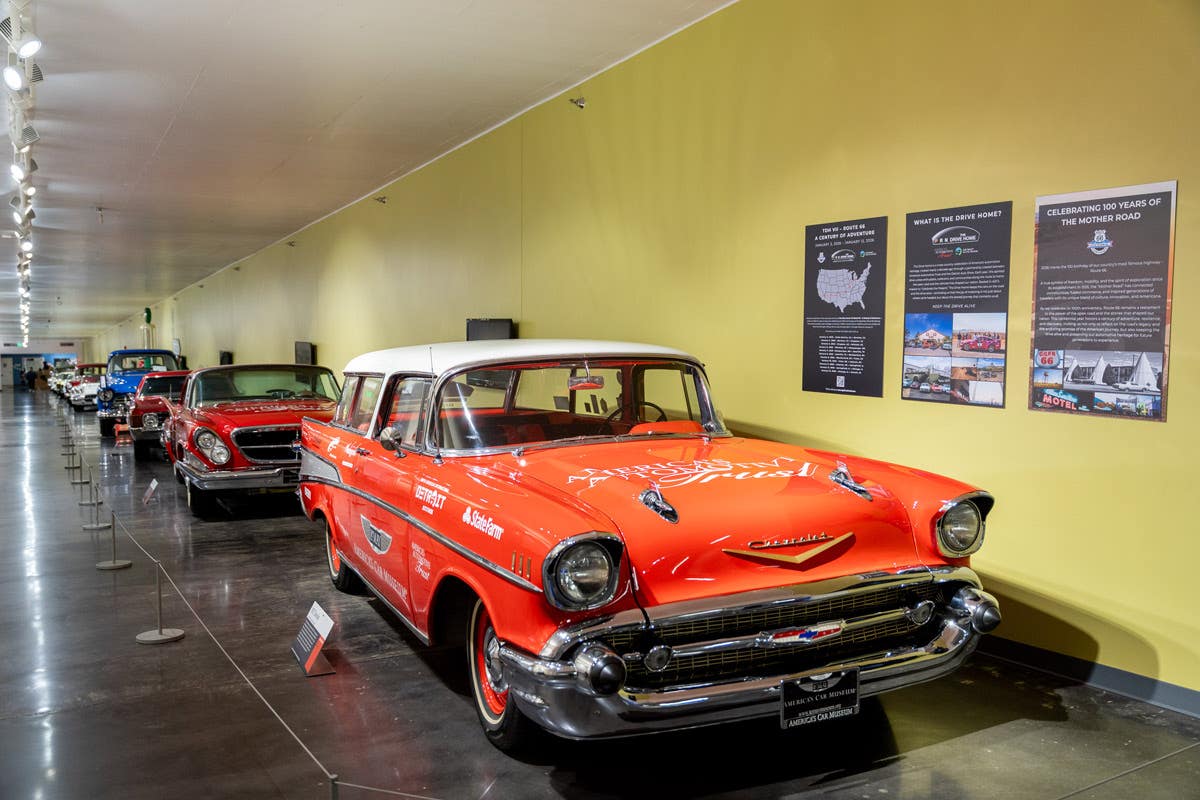James Gross has been married for decades, but he still spends much of his time with another woman. That "woman" is Olivia, his beloved 1936 Ford Cabriolet.
"She's a good runner, dependable, not too temperamental and is a real looker," Gross joked.
But instead of three's a crowd, it's a marriage made in heaven. The trio (including Gross' wife, Karen) belong to the Northeast Wisconsin Chapter of the Early Ford V8 Club of America, and they've even posed for a Christmas card together.
James and Karen Gross posed with their 1936 Ford Cabriolet for a Christmas card. The pair considers the car a part of their family.
"Some cars are just good," said Gross, of Appleton, Wis. "This one is a good one."
Gross found his Cabriolet ' his dream car, since he admits he always wanted a convertible ' in 1987. He told friends he was looking for one, and word of mouth led him to northern Illinois, where he spent $11,000 for the car he later dubbed Olivia ("I just liked the name," he said). "It was a nice straight solid car. I felt very fortunate," he added.
He has not traced the entire provenance of the car, but he was told it was purchased new at a dealership in Chicago. The previous owner, a collector, had made minor modifications, including adding a dual exhaust and glass-packed mufflers.
"It was in nice original running condition when I bought it, and I drove it 'as is' for several years," he said. Gross did add a new convertible top, and then he was faced with the daunting issue of tackling the car's exterior.
While the car's driving condition was sweet, its body needed attention. "The car had four coats of paint on it when I bought it," he said, "at least as thick as a nickel." The original Washington Blue color had been topped with black, then hot rod red (painted on with a brush, Gross lamented) and finally green.
"It had so much paint on it that it took up to six applications of Zip Strip to get it down to bare metal," he said. "But all the paint was a good thing, as it helped keep the car from rusting." Gross repainted the car its original Washington Blue.
The restoration begins
Ten years later, in 1997, Gross retired after 30 years in the insurance business and was able to devote time to fully restoring the car. "I took it completely apart... a body-off restoration. I kept a journal of all the work and the time it took." Gross estimates he spent $10,000 and more than 2,000 hours on the project in one year. "I wanted to get it really nice."
While he tackled most of the project himself, Gross farmed out the more challenging tasks. "When restoring, it's important to know your limitations, and sometimes it's best to have some of the technical work done by professionals," he said.
Gordy Teshendorf of Milwaukee rebuilt the engine and transmission to original standards, and the car was professionally painted back to black by Jim Weber of Appleton.
"I rebuilt the rest of the car including rear axle, brakes...everything down to the last nut and bolt," he said. But while Gross wanted to maintain the integrity of the Depression-era car, he also wanted to drive it, so a few modifications were made to make the car more roadworthy.
He added hydraulic brakes and changed the charging system from a 6-volt to 12-volt system. He also added dual exhausts and headers, a dual-intake manifold with two carbs for more speed and changed the real axle ratio from 4.11 to 3.54. "This gives more speed with the same rpm's and makes the car able to keep up with modern day traffic," Gross said.
He drives the car often, including on the highway ' and the Cabriolet, with its flathead V-8 and 85 horses, handily keeps up with others on the road. New radial tires enhance the smooth ride.
He also added an electric fuel pump, but it kept getting vapor lock, since some of today's gasoline contains ethanol. He searched and finally found another pump that worked well.
The crowning touch? An original 1936 Ford radio. Made for open cars, the radio's speakers are under the dash. That piece of authenticity didn't come cheap, however. Gross paid $500, "and I thought I got a great deal."
Gross found the electrical work the most challenging part of the restoration process. And the hardest part to find? A 1936 chrome windshield wiper. They are so rare, he said, that if they come up for sale online, even one wiper could sell for $600 or more.
Still, amid the hours and expense, Gross is pleased with the restoration and loves driving Olivia. Her sleek black exterior can be seen zipping around the streets of northeastern Wisconsin and beyond. "We drive the car regularly, and two years ago, we took a fall foliage tour to Marquette, Mich., a 600-mile round trip," Gross said.
They also tour the car to the Iola Old Car Show each summer, as well as to shows at Appleton's Pierce Park and in the Town of Center.
With his 20-year love affair with Olivia, Gross remains loyal to the Ford marque. And that loyalty sprouted early. He bought his first old car ' a 1930 Model A ' when he was only 14.
Gross said he always knew he wanted a convertible, and he believes the resale value is better. But you won't find Olivia in the classifieds any time soon.
"I would never sell it," he said. "I've had people offer. But if I sold it, I'd have to buy another."








